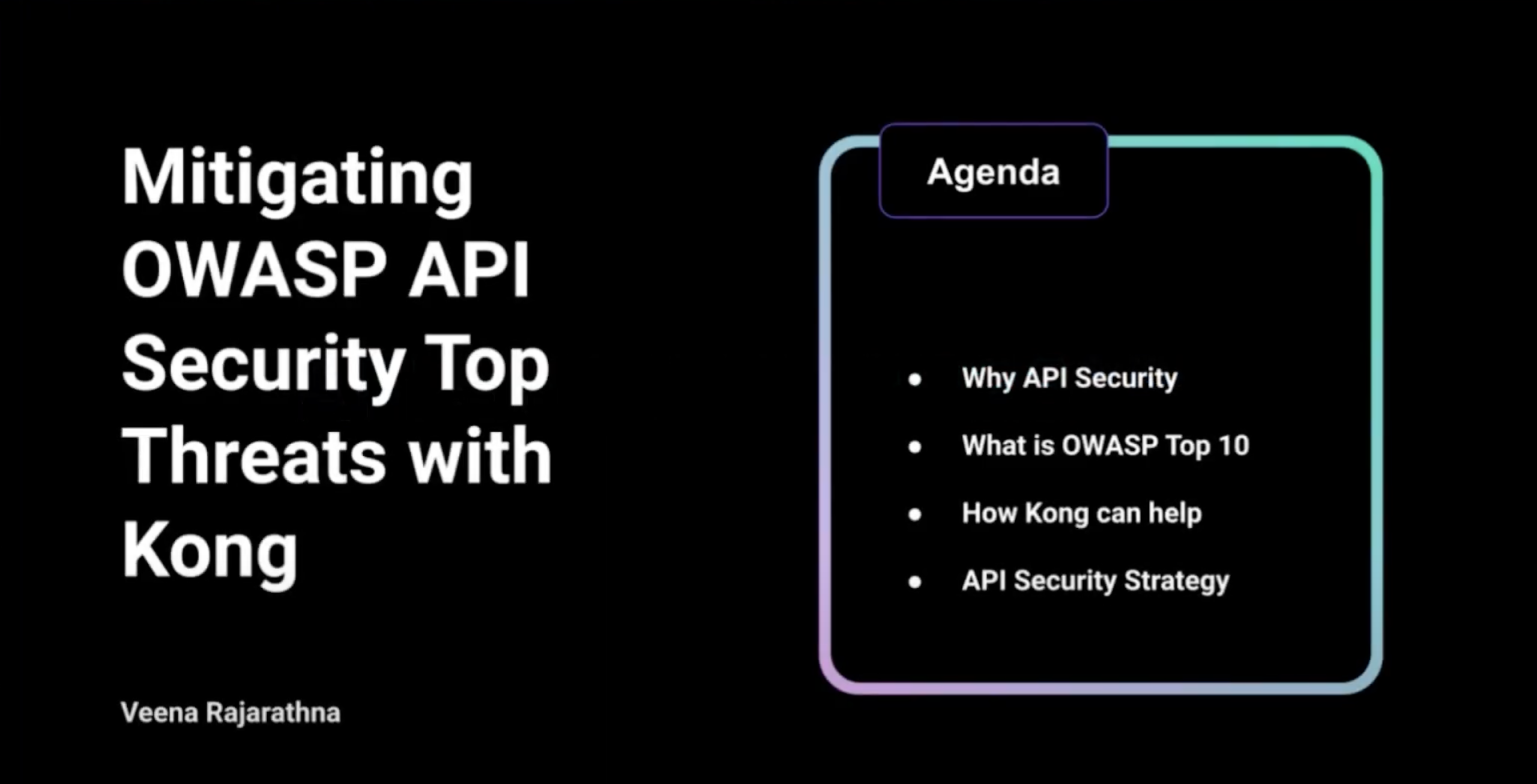Why API Security Matters More Than Ever
Imagine you've built a sophisticated smart house, controlling everything from lights to the espresso machine with just a smartphone tap. Now picture a hacker hijacking your system, turning your morning latte into a high-tech security breach. This collision of connectivity and vulnerability transcends your smart home—it epitomizes the current landscape of APIs.
Examples of API Breaches: The Cost of Complacency
Recent breaches underscore the perils of overlooking API security:
These high-profile failures translate into severe financial losses, devastated reputations, and disrupted operations, creating a compelling case for vigilance and investment in API security.
The API Security Landscape: Fundamentals You Need to Know
1. Shifting Mindset from "If" to "When"
In our hyper-connected world, it's no longer a question of if an attack will happen but rather when. Proactive measures in securing APIs are crucial. Acknowledging this inevitability prepares organizations to face threats head-on, transforming vulnerability into opportunity.
Think of it as preparing for a hurricane – you don't wait until the storm hits to board up your windows. You implement precautions, develop response plans, and constantly monitor for warning signs.
2. API Security vs. Traditional Web Security
While traditional web security protocols focus on securing access to web pages, API security must manage who and what can communicate with the software's backend. APIs present additional challenges given their propensity for cross-functional integration and communication—akin to orchestrating a symphony of digital components without any cacophony.
Key differences between API security and traditional web security include:
- Machine-to-Machine Communication: APIs are often accessed by other systems rather than humans, requiring different authentication mechanisms.
- Distributed Architecture: Modern APIs operate in complex, distributed environments, handling sensitive data across multiple services.
- Granular Access Control: APIs need more fine-grained, context-aware authorization than traditional web applications.
- Data Exchange Focus: APIs primarily exchange data rather than render visual content, creating unique security considerations.
3. Security as an Innovation Enabler
Securing APIs may seem restrictive, yet it's a catalyst for innovation. By defining and tightening service boundaries, developers are freed from fear, accelerating timelines and reinforcing user trust. When speed meets security, a harmonious balance emerges, fostered by foresight and practical strategy.
A secure API acts as a well-defined contract, clearly outlining what is allowed and what is not, which simplifies development and reduces the risk of introducing errors. Plus, users are more likely to trust and use your services if they know their data is protected.
Understanding Common API Security Threats: OWASP API Top 10
The OWASP API Security Top 10 demystifies pressing vulnerabilities, offering a roadmap for navigating API security. Let's tackle each threat with practical insights:
1. Broken Object Level Authorization (BOLA)
What it is: BOLA occurs when weak authorizations allow access to another's data. It's like having a key that unlocks not just your house, but your neighbor's too.
Prevention: Implement proper authorization checks for every object access, use indirect reference maps, and validate that the requesting user has legitimate access to the requested resource.
2. Broken Authentication
What it is: Weak login or session management can lead to unauthorized access to APIs.
Prevention: Implement strong authentication mechanisms, enforce password policies, use MFA, properly manage session tokens, and avoid exposing session identifiers in URLs.
3. Security Misconfiguration
What it is: Default configurations, exposed endpoints, or unnecessary debugging information that can create vulnerabilities in your APIs.
Prevention: Harden all environments, disable debugging features in production, implement proper security headers, and regularly audit configurations.
4. Excessive Data Exposure
What it is: APIs sometimes overshare, like spilling your deepest secrets when only small talk was required.
Prevention: Filter sensitive data on the server side, design responses to include only necessary data, and implement data minimization principles.
5. Lack of Resources & Rate Limiting
What it is: APIs can be bombarded with requests akin to an overwhelming barrage of spam, leading to denial-of-service (DoS) or distributed denial-of-service (DDoS) attacks.
Prevention: Implement rate limiting, throttling, and quotas on all endpoints. Monitor for unusual traffic patterns and implement automated response mechanisms for potential attacks.
6. Injection Attacks
What it is: When APIs accept unvalidated input, they inadvertently run malicious code (e.g., SQL, XML, LDAP) from attackers.
Prevention: Use parameterized queries, input validation, and sanitization. Implement a Web Application Firewall (WAF) and adopt the principle of least privilege for database accounts.
7. Improper Assets Management
What it is: Shadow APIs, those lurking in production, staging, or dev environments, escape tracking and expose sensitive data.
Prevention: Maintain a comprehensive inventory of all APIs, implement proper versioning, disable unused endpoints, and regularly audit your API landscape.
8. Insufficient Logging & Monitoring
What it is: If a tree falls in a forest and no one hears it... Unmonitored APIs are similarly vulnerable. Without extensive logs, suspicious behavior goes unnoticed, threatening secure frameworks.
Prevention: Implement comprehensive logging for all access attempts, authentication events, and potential violations. Use SIEM solutions to centralize and analyze logs, and set up automated alerts for suspicious activities.
9. Broken Function Level Authorization
What it is: Normal users trying to act like admin? Inadequate checks letting regular users call privileged or admin-only functions.
Prevention: Implement strong function-level authorization checks, use role-based access control (RBAC), and follow the principle of deny by default.
10. Server-Side Request Forgery (SSRF)
What it is: Attackers trick your server into communicating with internal or external illicit resources.
Prevention: Validate and sanitize user input, implement allowlists for external resources, use network segmentation, and deploy proper authentication for internal services.










